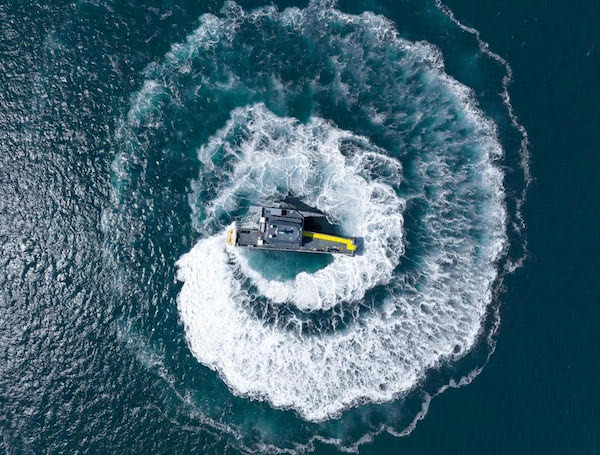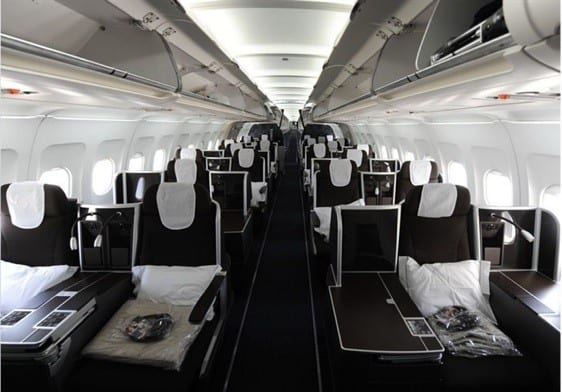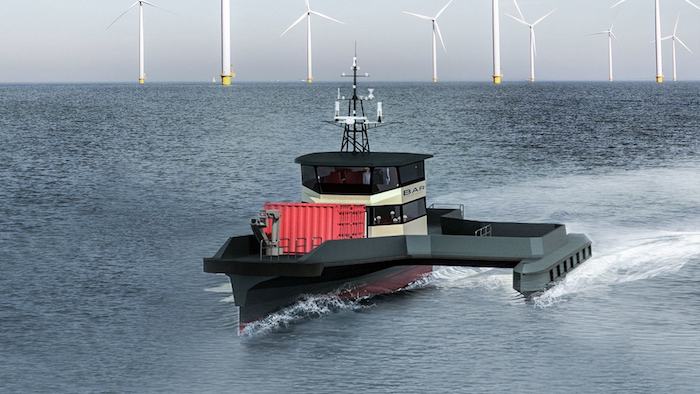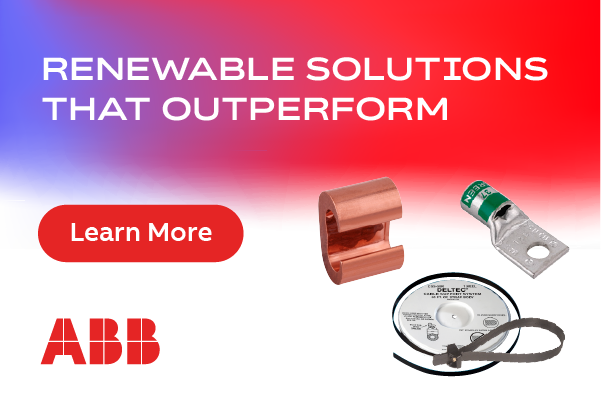Pushing Boundaries: Are operations vessels ready for floating wind farms?
The possibilities for offshore wind feel vast. Last year, the Biden Administration announced that the target for the growing U.S. offshore wind industry is 30GW of power by 2030. One of the driving forces behind this increased appetite for offshore is the innovation of floating offshore wind structures. The stated goal in the US is for almost half of all offshore wind assets to be floating.
It is one thing to lay down promising targets. It is another to plan and, where necessary, improve current infrastructure so that it is up to spec to make these dreams a reality.

As climate change continues to disrupt traditional weather patterns, the conditions offshore have grown increasingly unpredictable and, in some cases, difficult to contend with. Main effects on the maritime industry include:
- Increased frequency of storms, raising the possibility that operations will be delayed or postponed
- Increased severity of storms that make routes impassable
- Rise in sea temperatures reducing ocean salinity, impacting the stability of ships, and prompting re-design
Amid the rapid roll-out of offshore wind, developers need to address whether there are sufficient vessel options that are cost-effective, environmentally friendly, and provide comfortable working conditions for the crew. Now is the time to assess how legacy designs can be modernized to better endure severe offshore conditions.
The importance of comfort
Practicality should not overlook the need for high-quality working conditions for technicians. Understandably, seasickness is the most frequent health and safety consideration for asset-operators. Not only does the prospect of experiencing seasickness in difficult conditions make offshore wind engineering less appealing – a problem for the industry given the skill shortage – but it inhibits the possibility of engineers doing their best work.

In short, sub-optimal workboats produce sub-optimal work.
Installing hydrofoils on smaller vessels help suppress motion and vibration, which goes a long way towards reducing the impact of seasickness. As ocean salinity reduces, the need for technologies that improve ship stability in severe conditions is critical for making workboats more desirable and effective working environments.
Since engineers are sometimes compelled to spend days at sea, travelling to offshore sites in increasingly harsh conditions, it would be an industry oversight not to match expectations of a 21st century workplace with appropriate upgrades and improvements to worker comfort.
Cost-efficiency, decarbonization, and vessel options for O&M
Floating wind projects move further into deeper water, and are not bound by the same seabed requirements as fixed offshore wind assets. As such, developers and vessel operators are faced with new challenges: longer crew transfer journeys, more exposure to potentially hazardous sea conditions, and riskier crew transfers. Access to floating wind farms also introduces several new factors such as wave height, distance to port, daylight hours, visibility, and vessel capabilities.
Studies on vessel motion for transfer ability and accessibility to floating turbines show that incorporating a SWATH (Small Waterplane Area Twin Hull) alleviates approach and docking challenges due to its enhanced stability. In fact, it’s estimated that the average operability of a SWATH design to be greater than 95 percent (versus 60-80 percent for other hull forms). The narrow main hull form of a CTV with a SWATH secondary hull gives the best of both formats — helping to minimize motions as well as fuel burn. This technology offers great operability for both transversal and longitudinal transfer approach, and robustness against wave heading.
A low-emission CTV option combining an efficient overall hull form, which includes SWATH for low response and foils, is an attractive proposition for operators looking after their teams, operations, and running costs.

By contrast, the current practice of dispatching large SOVs — usually carrying an excess of capacity to offshore sites for weeks on end — does not represent the most efficient use of time or money. If there are opportunities to transfer the crew to sites more quickly, not only will it make the best use of time around windows of adverse weather, but it will also contribute to the industry’s efforts to decarbonize, as these fuel-efficient vessels release fewer emissions.
Moreover, with assets further away from shore, it is critical that maintenance response times move faster accordingly. One added risk for offshore is the increasing periods of business downtime due to the positioning of assets in deeper seas; this can be mitigated by transitioning to leaner workboats for O&M requirements.
Compounding this, a greater stock of vessel options will be needed to adequately serve the growing offshore industry. Where SOVs take many years to build, smaller workboats like CTVs and SATVs can be built in just twelve months. The running costs are also lower, which, in the context of worsening seafaring conditions, makes them more attractive investment opportunities
It’s a defining moment for offshore wind. There is so much enthusiasm to harness this clean energy at scale, but this must be matched with operations that are both efficient and adapted to sea conditions that are expected to become more severe. Re-assessing the workboats currently in use, and taking up new opportunities with smaller, greener vessels, supports the industry as it builds for long-term sustainability.
John Cooper is CEO of BAR Technologies. Having originally spun out from the former British, America’s Cup Team, BAR Technologies provides a wide range of design and engineering consultancy services with a focus on 4 key sectors; Workboats and Commercial Vessels, Shipping, Special Projects and Leisure Marine and Yachts.
BAR Technologies | www.bartechnologies.uk
Author: John Cooper
Volume: 2023 May/June








